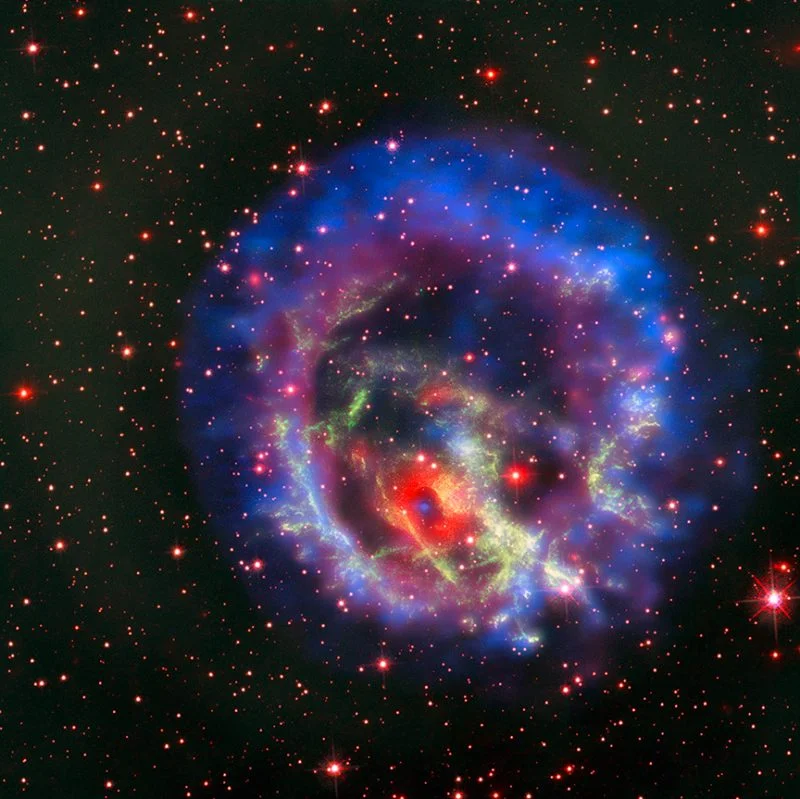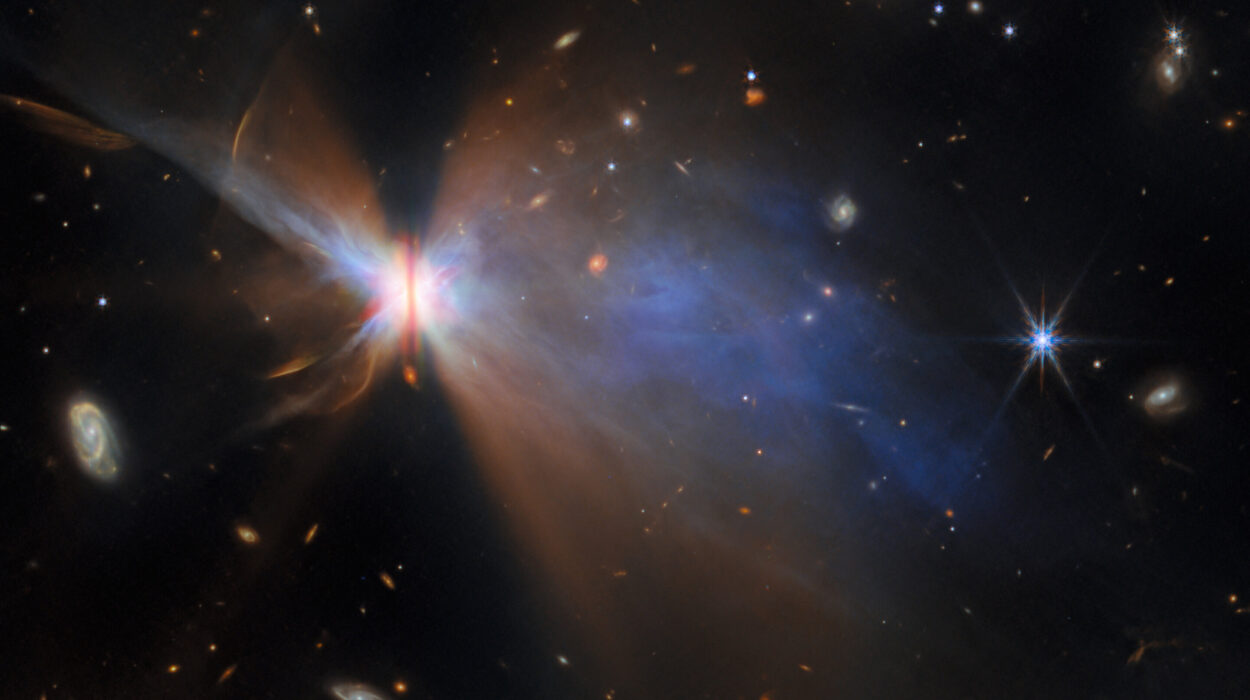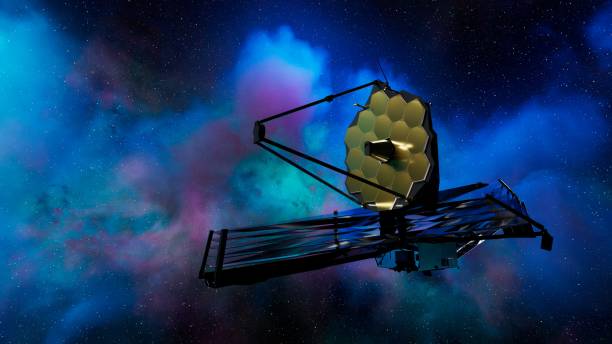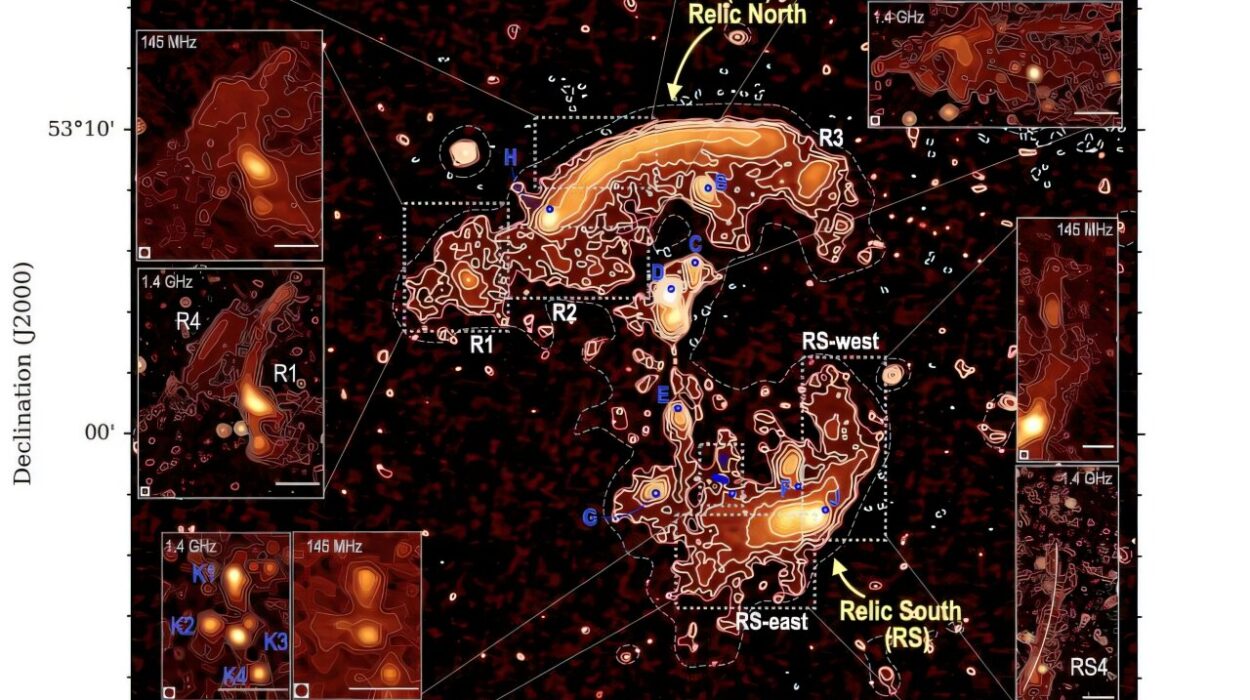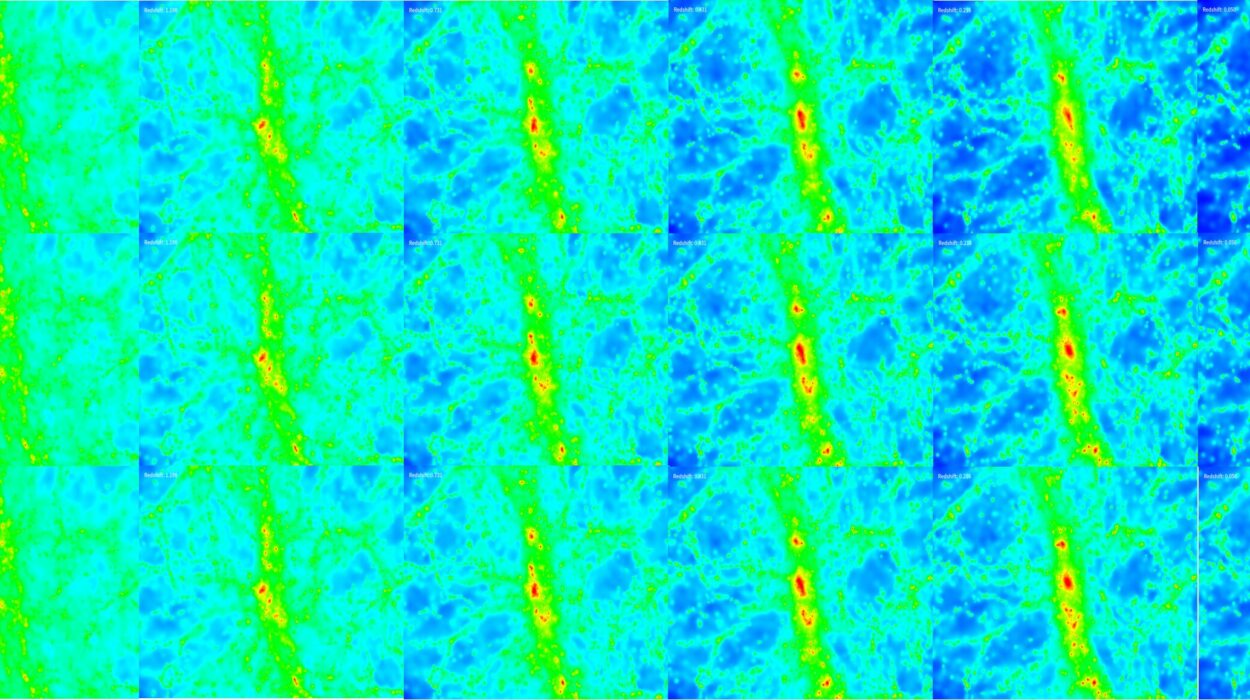A supernova is one of the most awe-inspiring and cataclysmic events in the universe, an explosion so powerful that it can outshine an entire galaxy for a short period. It marks the death of a star, but more than just the end of a life, it is the birth of new cosmic elements that play a key role in shaping the universe itself. The explosion of a supernova doesn’t just release an unimaginable amount of energy—it also scatters the remnants of the star far and wide, enriching the cosmos with the raw materials for future stars, planets, and even life.
In this article, we will explore what a supernova is, the science behind its formation, its types, and the profound effects it has on the surrounding space. We’ll also delve into the history of our understanding of these cosmic explosions, the role supernovae play in the grand cosmic cycle, and their continued relevance in astronomy today.
The Anatomy of a Supernova
At the most basic level, a supernova is the explosive death of a star. However, the processes that lead to this spectacular event are far from simple. To understand a supernova, it’s essential to first grasp how stars live and die.
Stars form from clouds of gas and dust in space, primarily composed of hydrogen. Under the influence of gravity, these clouds collapse inward, and the intense pressure and temperature at the center cause nuclear fusion to begin. This process converts hydrogen into helium and releases an enormous amount of energy, which pushes outward, balancing the inward pull of gravity and preventing the star from collapsing further.
Over millions or even billions of years, stars consume their hydrogen fuel, and the balance between the outward pressure from fusion and the inward pull of gravity changes. As the star ages, it begins to fuse heavier elements in its core, such as helium, carbon, oxygen, and, in the case of the largest stars, even heavier elements like iron. When a star reaches the point where its core consists primarily of iron, it can no longer generate enough energy through fusion to counteract gravity. At this point, the star undergoes a dramatic collapse, and if the conditions are right, a supernova explosion occurs.
The actual event begins with the core of the star collapsing in on itself. The outer layers of the star are violently blown away, creating the bright, explosive phenomenon we observe as a supernova. This burst of energy is so intense that it can briefly outshine an entire galaxy, releasing as much energy in a single second as the Sun will in its entire 10-billion-year lifetime.
Types of Supernovae
Supernovae are generally classified into two main categories: Type I and Type II, each with its own set of characteristics and origins.
Type I Supernovae: The White Dwarf Collapse
Type I supernovae are divided into further subcategories, but all share a common origin in binary star systems—systems with two stars orbiting each other. The most well-known subclass is Type Ia, which occurs when a white dwarf, the remnant of a star that has already exhausted its nuclear fuel, accumulates material from a companion star. The white dwarf, which is primarily composed of carbon and oxygen, is unable to support the increasing weight of the material piling on it. As it accumulates matter, the pressure and temperature at its core rise, triggering a thermonuclear explosion that completely obliterates the white dwarf in a brilliant burst of light.
Type Ia supernovae are particularly important for astronomers because they serve as “standard candles.” By measuring the brightness of a Type Ia supernova, astronomers can calculate its distance from Earth with remarkable accuracy. This ability has been crucial in determining the rate of expansion of the universe and led to the groundbreaking discovery that the expansion of the universe is accelerating, a finding that earned the Nobel Prize in Physics in 2011.
Type II Supernovae: The Core Collapse
Type II supernovae, on the other hand, result from the collapse of massive stars—those with at least eight times the mass of our Sun. When these stars reach the end of their lives, they no longer have the ability to fuse heavier elements in their cores. The iron at the core begins to pile up, and once it reaches a certain mass, it causes a sudden collapse under its own gravity.
As the core collapses, temperatures rise dramatically, and within seconds, it can reach temperatures of billions of degrees. This collapse triggers a shockwave that blasts the outer layers of the star into space in a violent explosion. The core itself may become a neutron star, an incredibly dense object composed almost entirely of neutrons, or, in the most extreme cases, collapse further into a black hole.
Type II supernovae are much more common than Type I, and they are crucial in the synthesis of many of the elements found in the universe. These explosions are responsible for creating elements like gold, platinum, and uranium—materials that are essential for life and the formation of planets like Earth.
The Role of Supernovae in the Universe
The energy released by a supernova is mind-boggling, but the impact of these explosions extends far beyond the immediate vicinity of the star. One of the most important roles of supernovae is the creation and distribution of heavy elements. Without supernovae, the universe would be a much simpler place, filled only with lighter elements like hydrogen and helium. It is through these explosions that elements like carbon, oxygen, nitrogen, and iron—the building blocks of life—are forged and spread across the cosmos.
When a star explodes, it sends these elements into the surrounding space at speeds of up to 30,000 kilometers per second. This enriches the interstellar medium, the gas and dust that fills the space between stars. These heavy elements then become part of the next generation of stars and planets, creating a cycle of cosmic rebirth. Without supernovae, the materials necessary for life would never have been created or distributed.
Supernovae also influence the structure of galaxies. The shockwaves from these explosions can trigger the formation of new stars by compressing the gas and dust in surrounding regions. In this way, supernovae act as both destroyers and creators, playing a key role in the ongoing evolution of galaxies.
Additionally, the energy and material released during a supernova explosion can impact nearby stars and planetary systems. A close enough supernova could trigger the formation of a black hole or neutron star in a nearby system, altering its evolutionary path.
Supernova Remnants: Cosmic Graveyards
After a supernova explosion, what remains behind is known as a supernova remnant. These remnants can take on many different forms, depending on the nature of the explosion and the surrounding environment. For example, the Crab Nebula, the remnant of a supernova explosion that occurred in 1054 AD, is a pulsar wind nebula. The core of the dead star is now a rapidly spinning neutron star, emitting intense radiation and creating a complex nebula of gas and dust.
Other remnants, like the Veil Nebula, are shockwaves of gas and dust expanding outward, creating intricate and beautiful patterns. These remnants can be observed across vast distances, and studying them provides astronomers with crucial insights into the physics of supernovae and the life cycles of stars.
The Historical Significance of Supernovae
Supernovae have had a profound impact on human understanding of the universe. Ancient civilizations often observed these stellar explosions, which were sometimes seen as omens or signs from the gods. One of the earliest recorded supernovae was observed in 1054 AD, when the explosion that created the Crab Nebula was seen as a bright “new star” in the sky.
In modern times, supernovae have been key to many of the greatest discoveries in cosmology. As mentioned earlier, Type Ia supernovae have served as standard candles for measuring cosmic distances. This method of distance measurement has allowed astronomers to measure the rate of expansion of the universe and has provided some of the most important evidence for the existence of dark energy, the mysterious force driving the accelerated expansion of the universe.
The study of supernovae has also deepened our understanding of stellar evolution, nuclear fusion, and the formation of elements. By observing the remnants of supernovae and studying the light emitted during the explosion, astronomers can learn about the inner workings of stars, the behavior of matter under extreme conditions, and the processes that govern the formation of the universe.
Future Supernovae: A Look Ahead
Supernovae will continue to play a crucial role in our understanding of the universe for years to come. As new telescopes and observational techniques are developed, astronomers will be able to detect more supernovae, study their light curves in greater detail, and gain deeper insights into the mechanics of these explosions.
One of the most exciting prospects is the possibility of observing a nearby supernova, an event that could provide unprecedented opportunities to study the explosion in real-time. The closest star to Earth capable of exploding as a supernova is Betelgeuse, a massive red supergiant in the constellation Orion. Although scientists believe that Betelgeuse will eventually explode, they are unsure exactly when this will happen. If it does, the explosion could be bright enough to be seen during the day, providing an extraordinary spectacle for astronomers and stargazers alike.
Conclusion
A supernova is not just a star’s death—it is a dramatic event that reshapes the cosmos. These cosmic explosions are responsible for creating the elements that make up the Earth and life itself, and they play a critical role in the evolution of galaxies and stars. By studying supernovae, we learn not only about the life cycle of stars but also about the forces and processes that govern the universe as a whole. Their beauty and power continue to captivate astronomers and skywatchers, and their scientific significance will only grow as our tools and understanding evolve. Supernovae are a testament to the dynamic, ever-changing nature of the cosmos—a reminder that even in the death of a star, there is creation and renewal on a cosmic scale.
